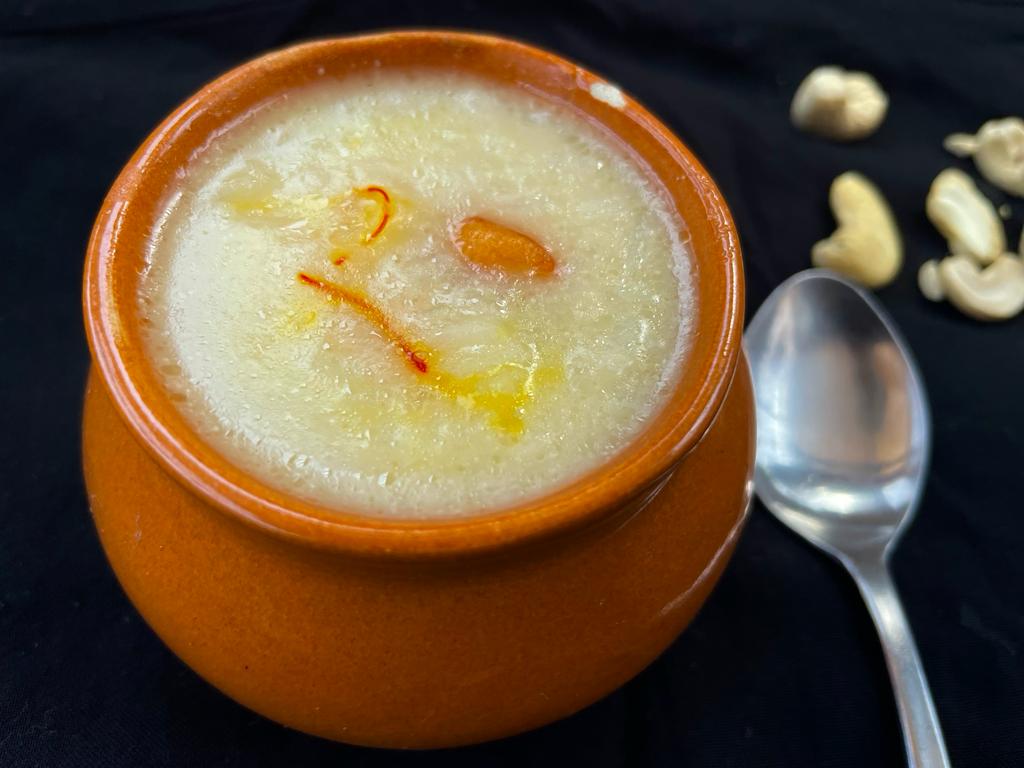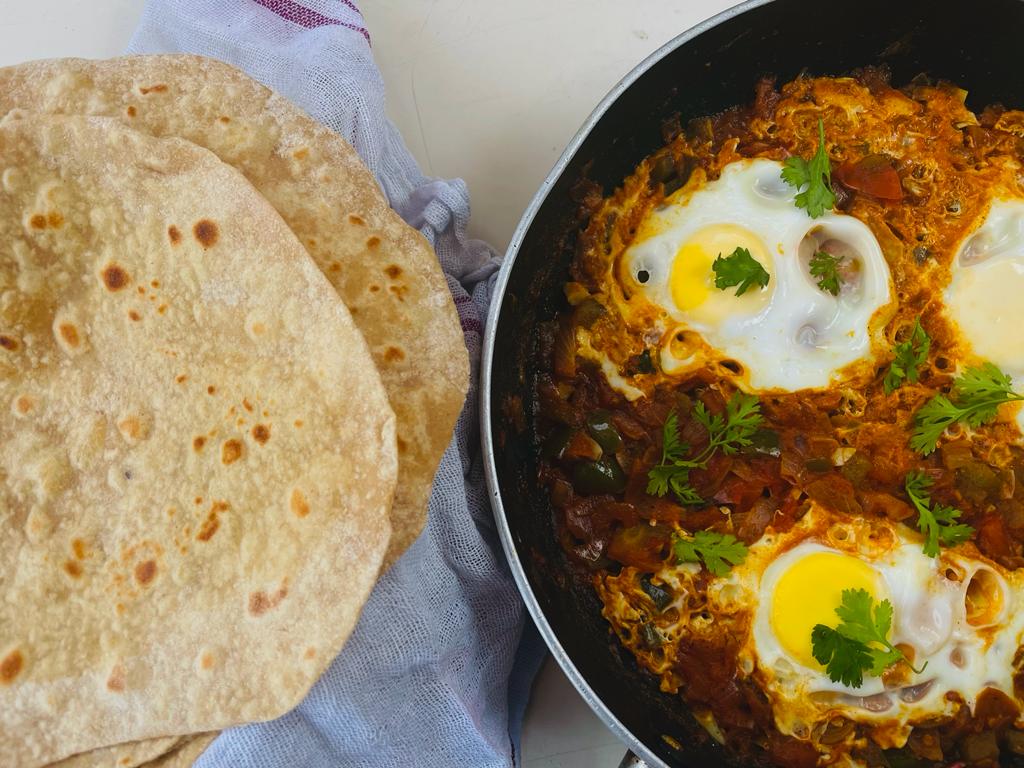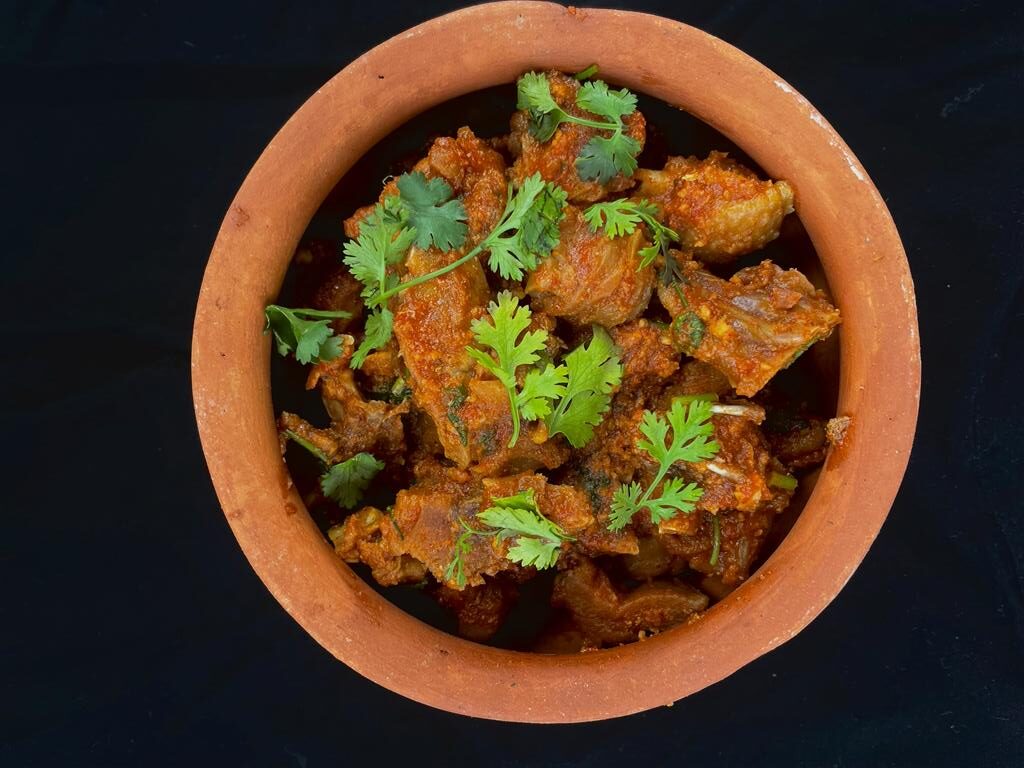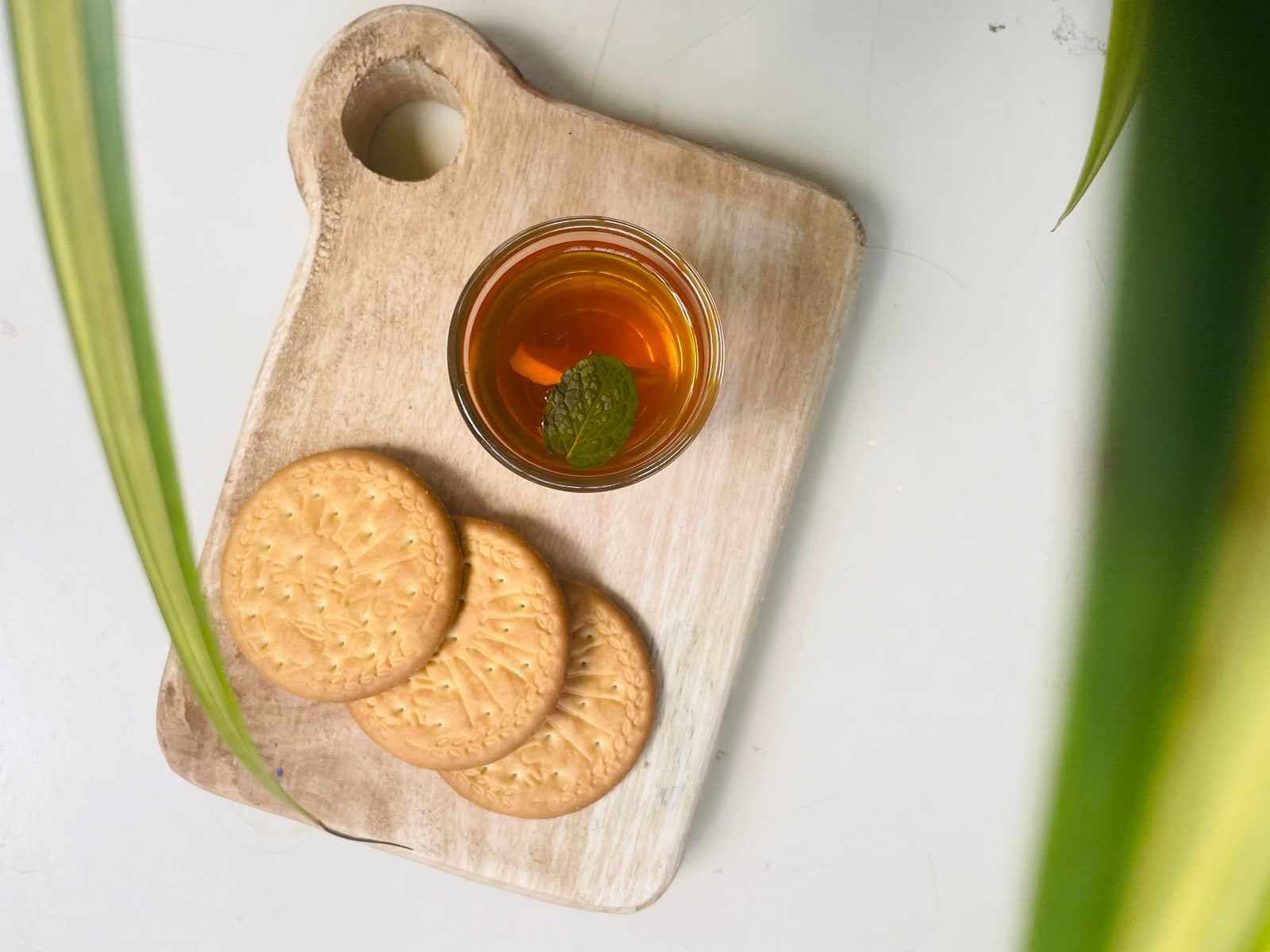Payasam/ Kheer for Ugadi.
Ugadi or Yugadi, also known as Samvatsarādi (lit. ’Beginning of the Year’), is New Year’s Day according to the Hindu calendar and is celebrated in the states of Andhra Pradesh, Telangana, Karnataka, Tamil Nadu and Goa in India. It is festively observed in these regions on the first day of the Hindu lunisolar calendar month of Chaitra.
The most important festive dish during Ugadi is the pachadi, a chutney that combines various ingredients to give all six primary flavours of food — sweet, sour, salty, spicy, bitter and astringent.While tamarind lends sourness, the neem flowers impart bitterness, bella or jaggery imbues sweetness, uppu or salt adds saltiness and the spiciness comes from green chillies with raw mango contributing the astringent component.The mix of all flavours is also a reminder that one must expect all kinds of experiences in the coming New Year and take it in one’s stride.Another widely consumed item during Ugadi across the southern states is a sweet flatbread with a chana dal (Bengal gram) jaggery filling, known as holige or obattu in Karnataka, bobbatlu (Bhakshalu/polelu/oligale) in Andhra and puran poli in Maharashtra.The season’s fresh raw mangoes are made into pickles, mavinkayi chitranna (mango rice) or mango pachadi, besides puliogare (pulihora in Andhra) which is sour tamarind rice. People also make sweet pongal, kothmir vada and hesaru bele payasa (green gram kheer).
The typical dishes that are served on the Banana leaf are the Pickle, Dal Vada, Kosambari, Palya (poriyal), Obbattu (Puran Poli), Obbattu Saaru, Mavinakayi Chitranna (Raw Mango Rice), Semiya Payasam (Semiya Kheer), Steamed Rice, Udupi Rasam and Tempered Curd.
May this year bring you lots of joy and happiness in your life.
Happy Ugadi to everyone!




